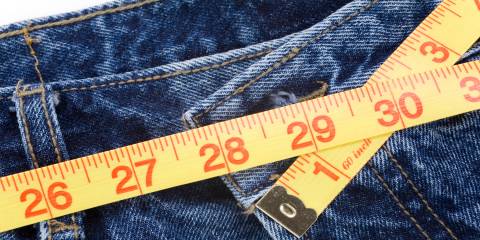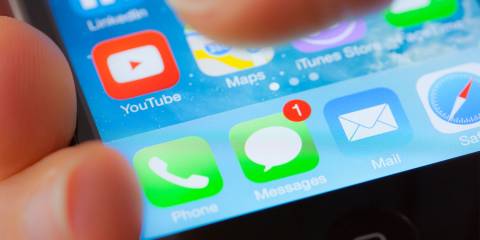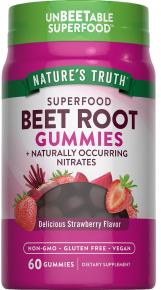First Lady of Nutrition

For over four decades, millions of people have turned to Ann Louise and her 35+ bestselling books for advice, tips, and strategies to transform their health.
Don't Miss a Thing!
Get the latest articles, recipes, and more, when you sign up for the tasteforlife.com newsletter.




